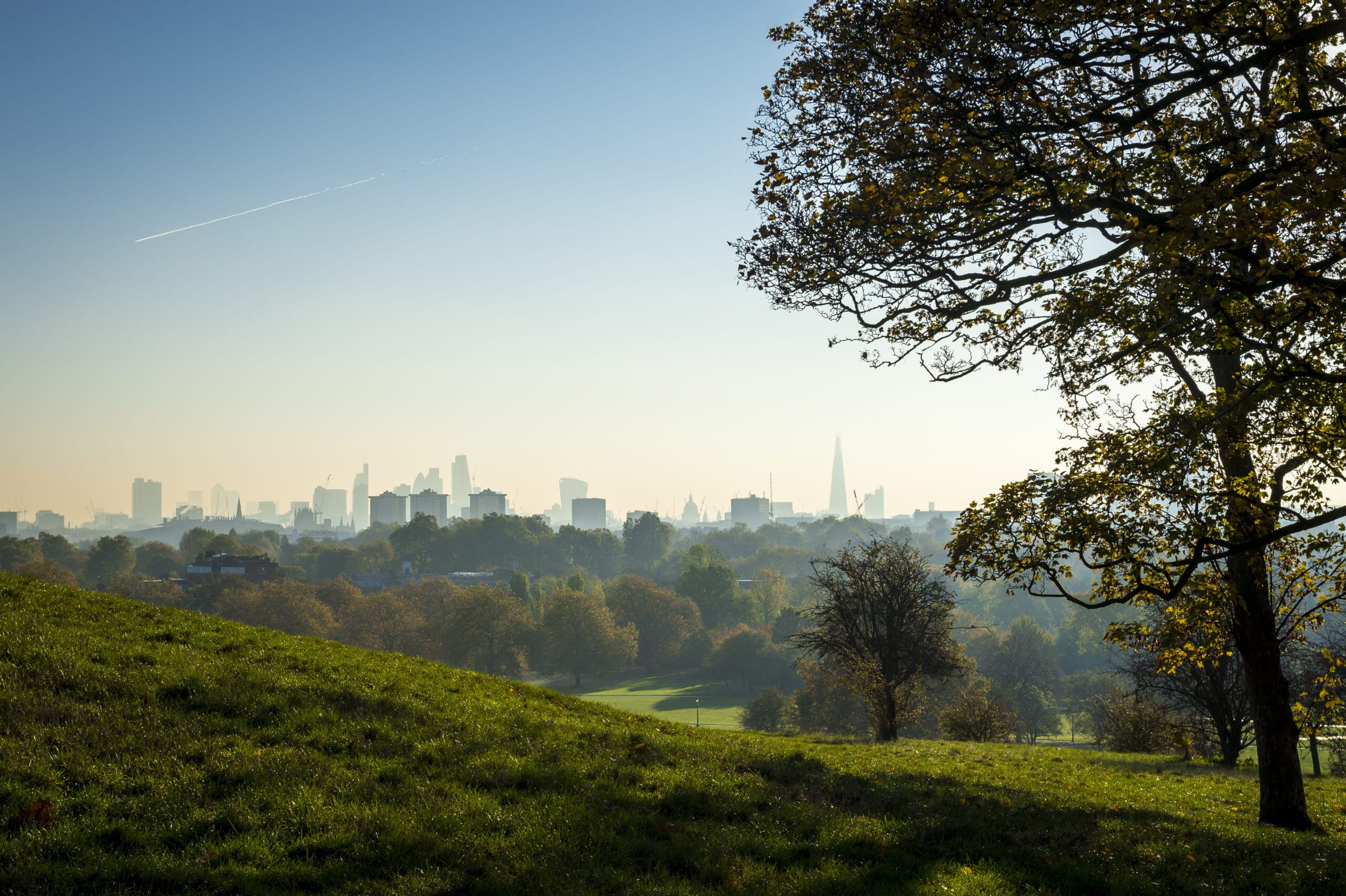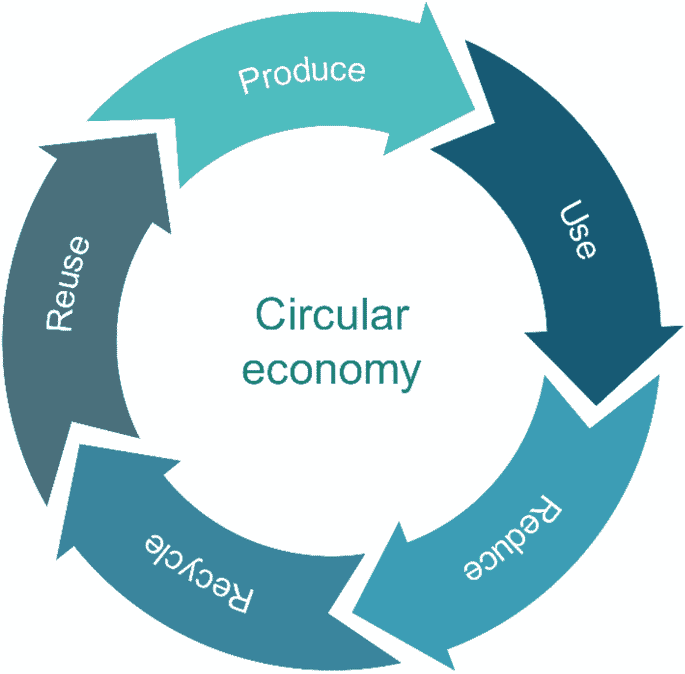
GLA – The Energy Hierarchy - London Plan 2021
Planning Stage (RIBA 0-3)
GLA – The Energy Hierarchy - London Plan 2021
Building new homes and places of work in London is already a difficult task… The London Plan policy sets the country’s strictest targets for meeting low energy and carbon emission standards.
Earlier this month, the Greater London Authority formally released The London Plan 2021 – this is enforceable now and is expected to be followed on all new, large schemes going into planning in the capital.
As you may expect, the environmental requirements have progressed beyond their already taxing targets.
This article specifically covers the new Energy Hierarchy – we have another article looking at other policy changes – such as overheating and circular economy – where we may also be able to help.
Energy Hierarchy
The Energy Hierarchy gave developers three stepping stones to guide them towards compliance with carbon emission targets which went way beyond the standard Building Regulation requirements.
The New London Plan adds a fourth stepping stone and sets stricter targets for the existing stages.
We’ll start with ‘Be Lean’. This looks at the building design and fabric. Be Lean encourages developers to use high levels of insulation, environmentally sensible designs, and high efficiency lighting and ventilation systems. New developments must show a 10% improvement over the current SAP Target Emission Rate (15% for non-residential).*
Next we have ‘Be Clean’. How to use energy efficiently and encourage the use of heat networks.
London continues to push for using District Heat Networks at any opportunity, and although the priority has firmly shifted to heat pumps rather than CHP and gas, any environmentally viable solution that leads to more homes connected to DHNs will be considered.
If you are building in an area with an existing heat network available, you are expected to use it. And if a network is proposed for the area, your site should be designed to be easily connected in the future.
GLA Referable sites are expected to design their own communal heating schemes with the aim of connecting to other networks.
The third stepping stone is Be Green – generating energy onsite. This almost always means PV or CHP. At this stage, the development needs to be showing at least a 35% reduction over the Target Emission Rate, and the closer to 100% (zero carbon) the better, as any remaining carbon emissions from the site must be accounted for by the developer making a carbon offset payment.
This means all new, large developments in London will be classed as net-zero carbon.
So where does the fourth stepping stone fit in?
This is ‘Be Seen’, and this introduces monitoring and verification of energy performance to prove the design of the building is delivering on its promises for the first five years of occupation.
Developers need to submit electricity and gas meter readings to the GLA who will compare the data to the design reports, and are certain to ask questions if the real life building is using more power than was predicted.
As part of this, you may be expected to complete more enhanced Energy Modelling at design stage (such as CIBSE TM54), which can be used in comparison to the building’s post-construction Display Energy Certificates.
The Energist Planning Team have plenty of experience with GLA specific Strategies and are on hand to help you meet the latest requirement uplifts. We can help you achieve compliance on your next site.
*The London Plan 2021 uses the live SAP2012 methodology, but with SAP10.0 emission factors superimposed. This generates very different results to a conventional SAP by boosting electric heating options but doesn’t factor for Primary Energy (where electricity falls short compared to other heating solutions). The GLA has confirmed this hybrid approach will be changed when the new AD L (and SAP10.3) are published later this year.





